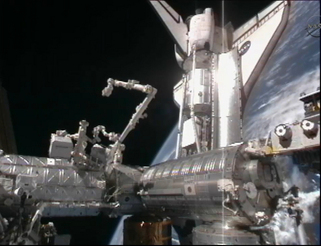
And talking of unique views, how about this for being in right place at the right time? The link shows the view of Discovery’s launch on Thursday from a passing passenger jet. I suspect the trim of the aircraft might have been disturbed for a few minutes while everyone rushed over to one side to watch this very unusual spectacle!
http://news.discovery.com/space/extraordinary-discovery-launch-from-a-passenger-jet-110226.html
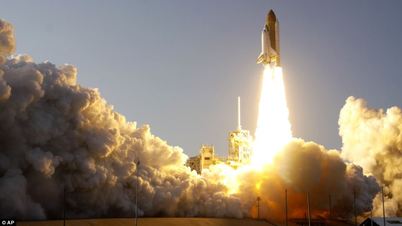
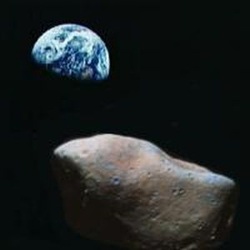
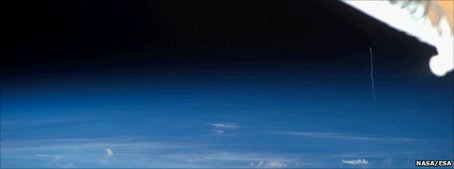
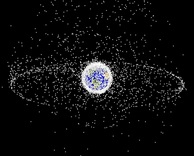
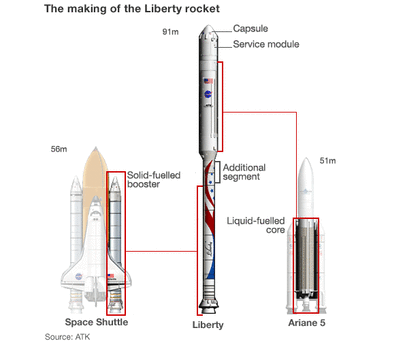
 RSS Feed
RSS Feed
